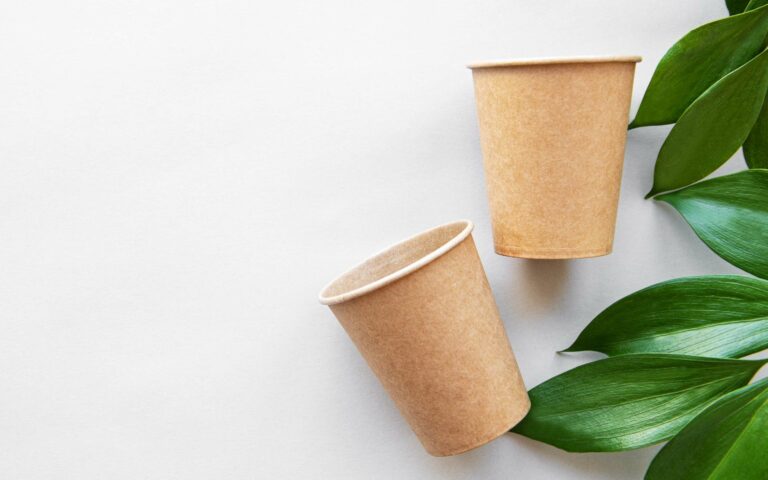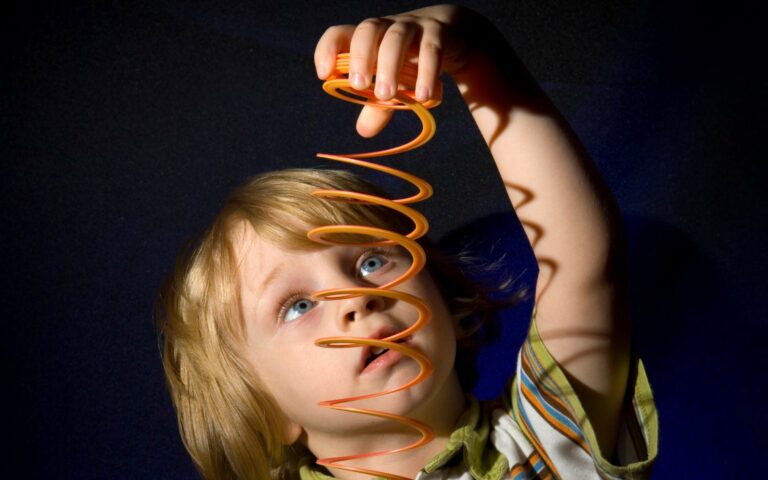The source of all sound is vibrations (put your hand on your throat and hum a song, what do you feel?).
These vibrations move through solids just like they do through air and water; the sound wave actually moves the tiny particles, or molecules, that make up the solid! With this activity below, you will exemplify how vibrations can generate sound by using cups and a string to make a ‘telephone’. The sound waves travel from the first person’s mouth, into the first cup, down the string, vibrate the second cup, and into the ears of the second person. If the string is kept tight, the sound waves will travel. If the string is loose, the sound is less. This is because the loose string causes the vibrations to travel all around rather than directly down the string. Try experimenting with different lengths of string, types of string, and types of cups to see which produces the best sound over the longest distance.
Terms & Concepts:
- Sound
- Physics
- Vibrations – Sound is produced when something vibrates, or rapidly moves back and forth. The vibrating body causes waves to move through the medium (air or water), where they eventually reach the delicate skin in our ears. Our brain is able to recognize that these waves or vibrations are sounds made by different things. The sound and shape of these sound waves determine what kind of sound you hear!
Materials:
- Plastic or paper cups
- Twine or string
- Scissors
Instructions:
- Carefully, or with the help of an adult, use the scissors to poke a small hole into the bottom of each cup.
- String a piece of twine or string between the two cups. Longer pieces of twine or string will help the sound travel farther.
- One person can hold the phone up to their ear and the other person can talk into the other cup. You must keep the string between the cups tight or the sound waves won’t travel correctly!
Think About It!
- How well did the string telephone work?
- Where do the sound waves travel in the string telephone?
- What do you think could you do to make the string telephone work better?
- The String Telephone Company has hired you as engineers. They want you to design a new string telephone for people who are six feet or more apart from each other. They think that this would be useful for siblings in different rooms or friends who live next door. You have 10 minutes to brainstorm with your partners and draw your new designs. You may use new materials (not just cup and string) to test your design. Draw your new design and think about what materials would make the sound waves travel stronger, louder and farther).
- How are these cup-and-string telephones similar to modern telephones? (Answer: Land-line telephones were created based off of the cup-and-string method. Today, mobile phones use a microphone to convert the sound waves produced from your voice into electrical signals. A microchip then uses an electrical signal to modulate a radio wave that travels through the air to a nearby cell tower. The process is then reversed so that the person on the other end can hear your voice!)





